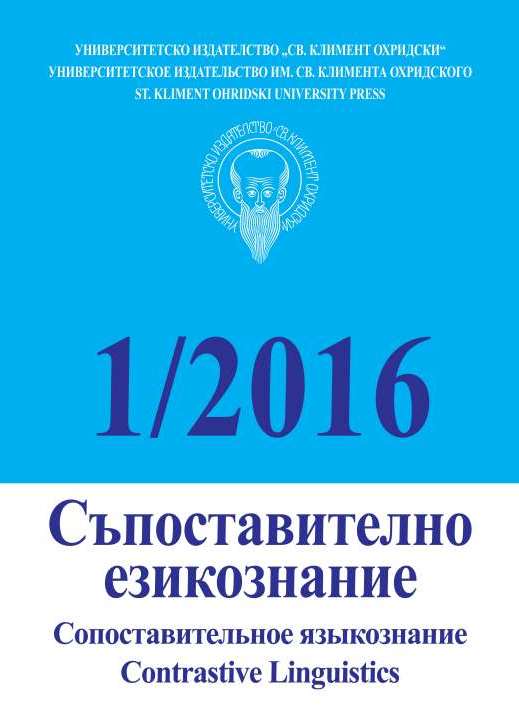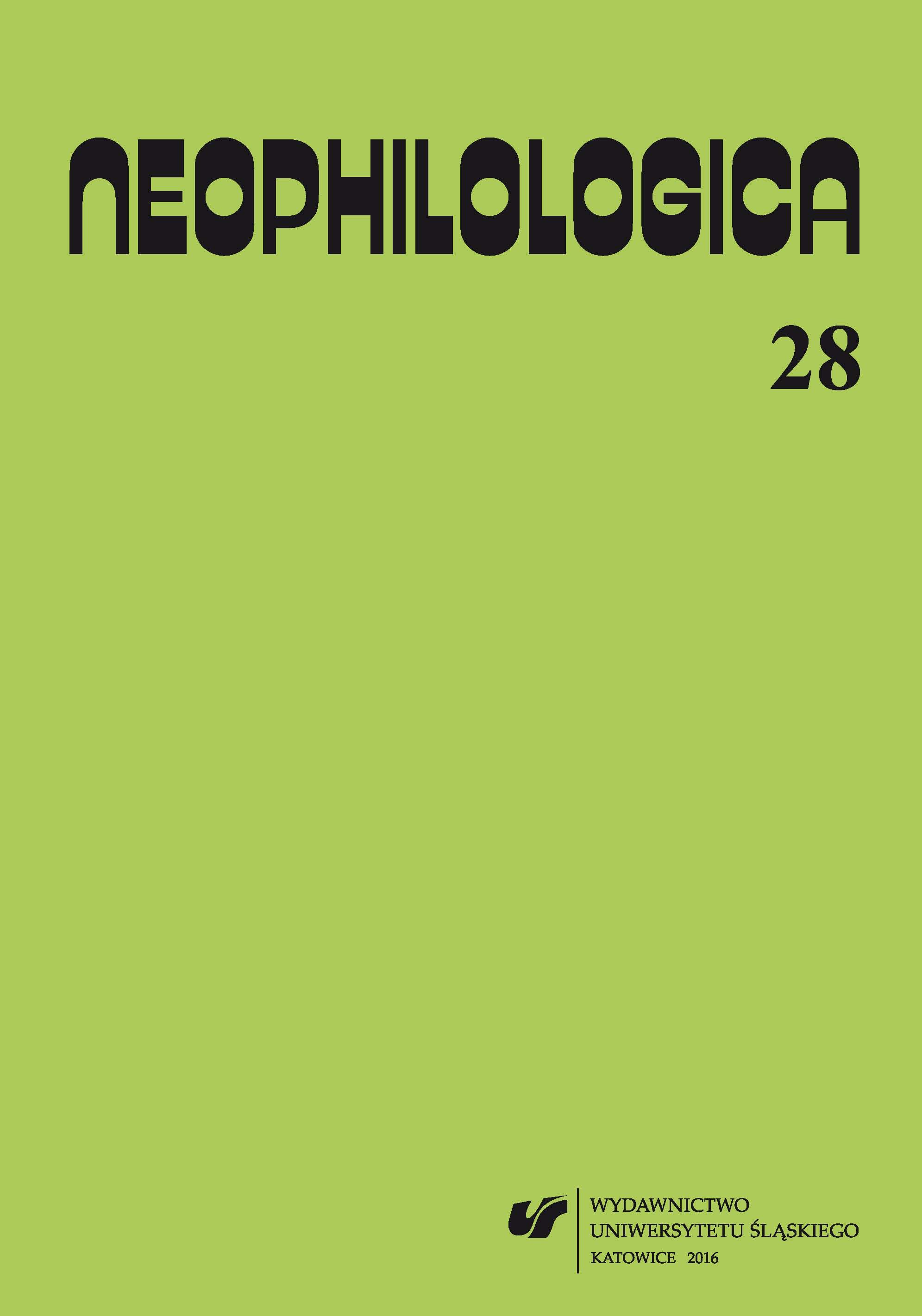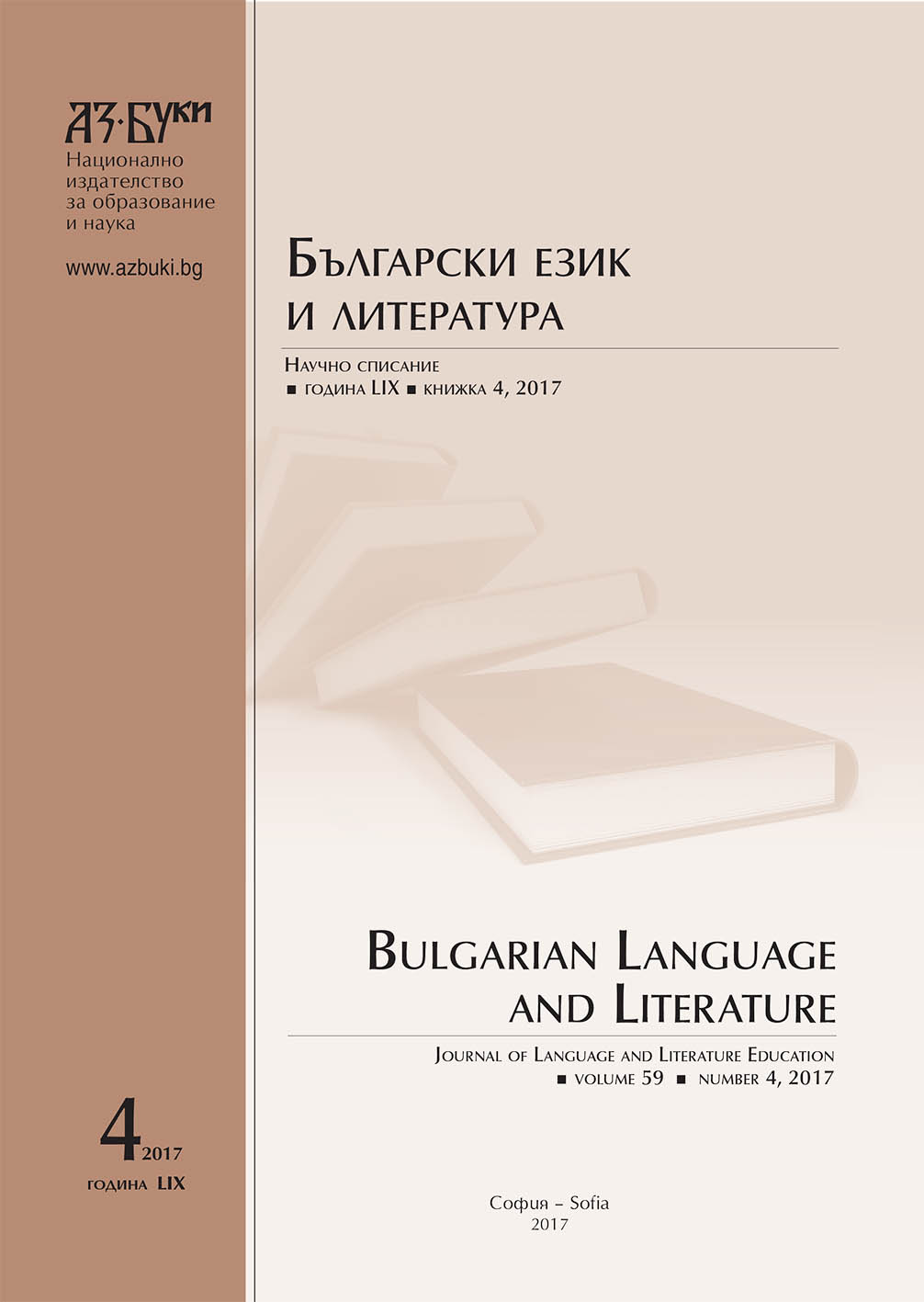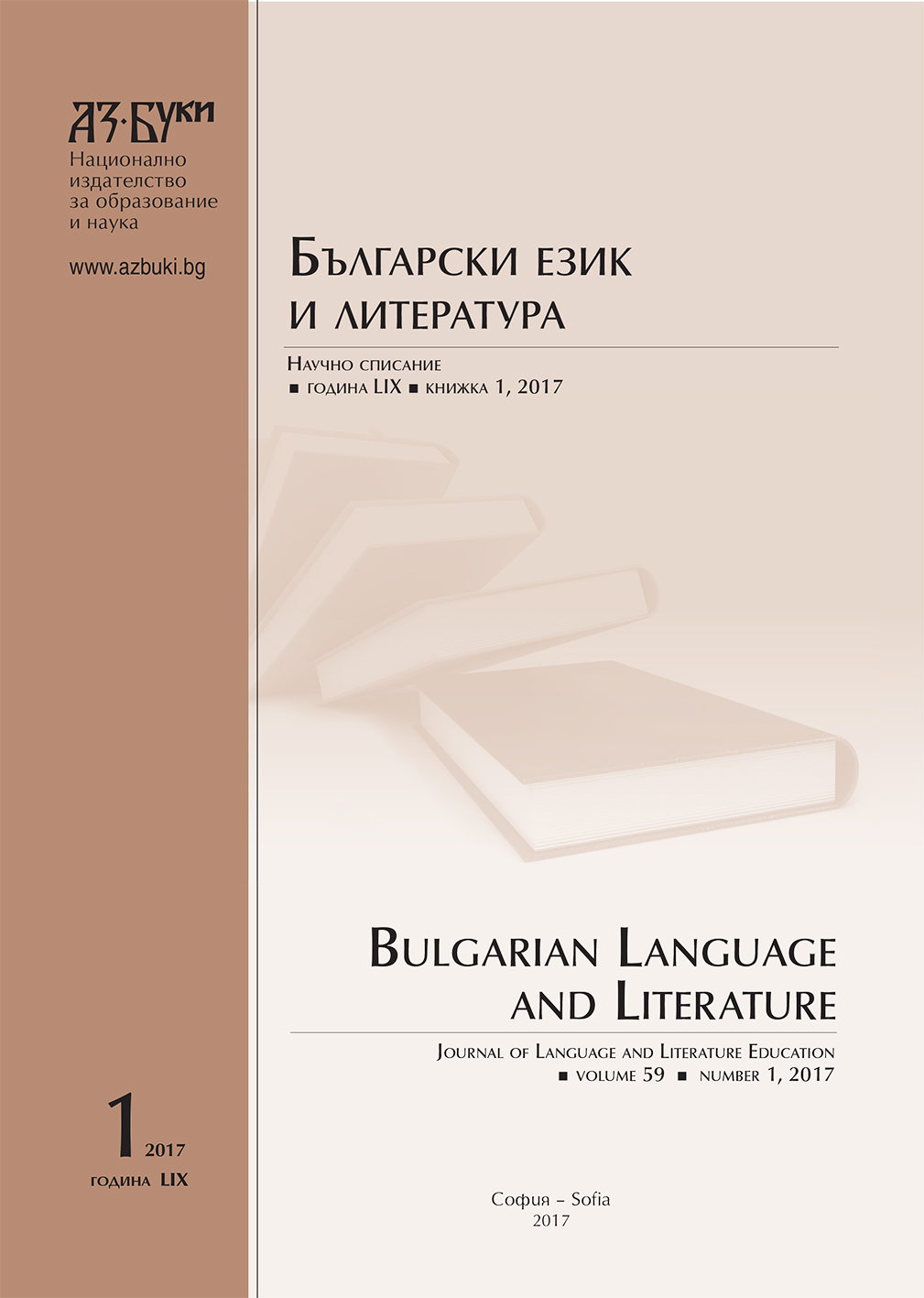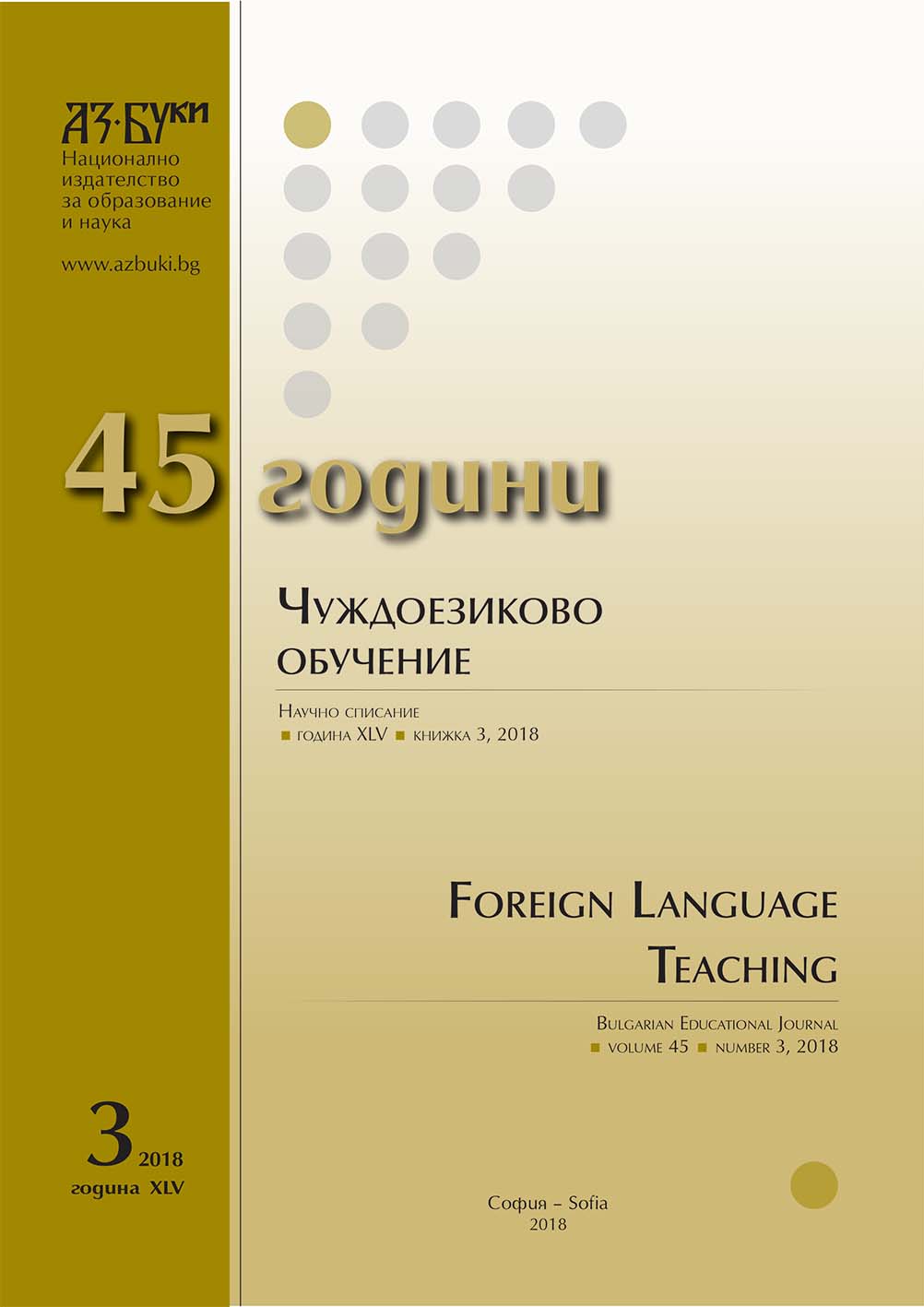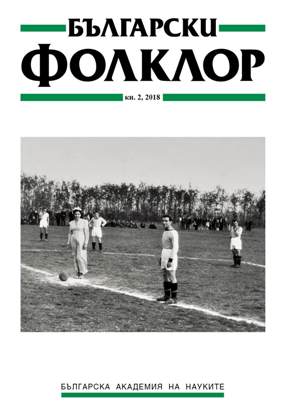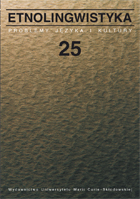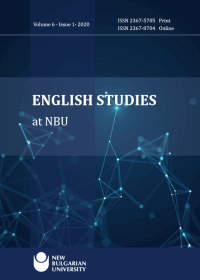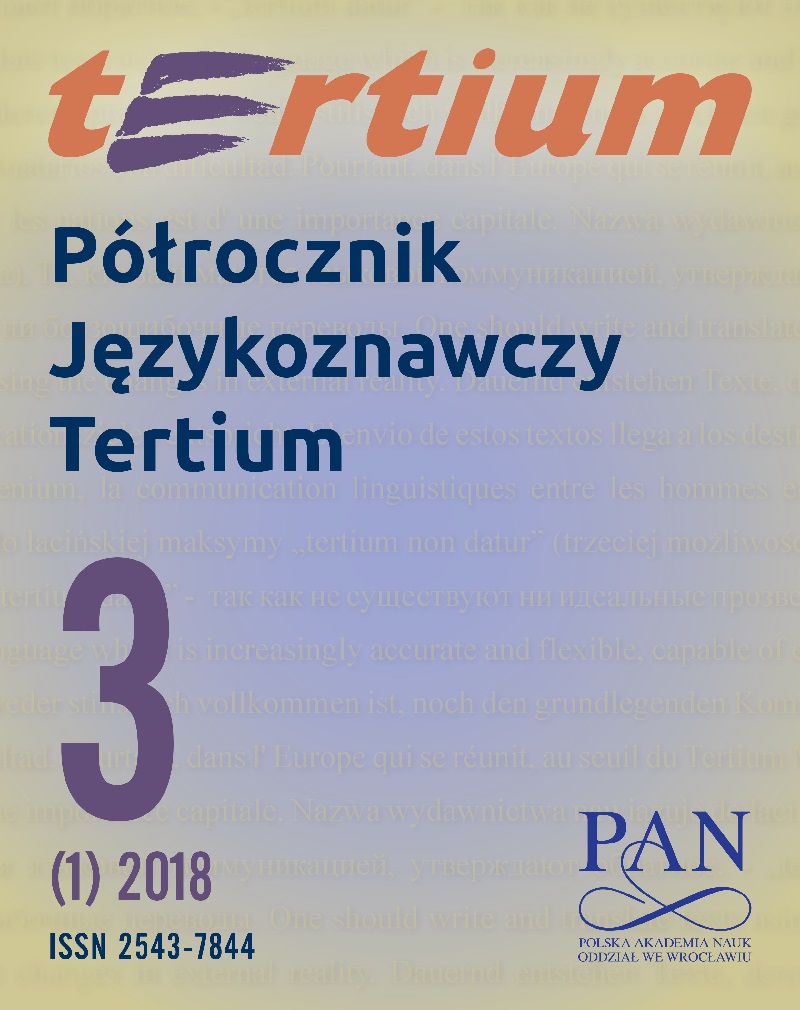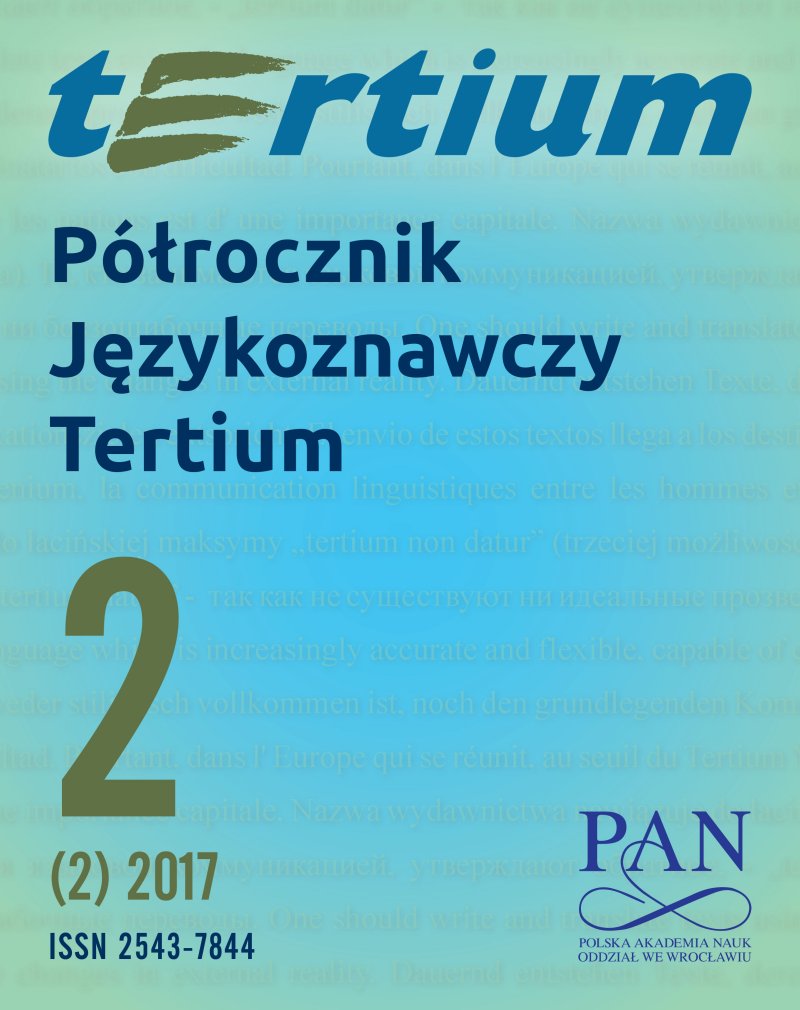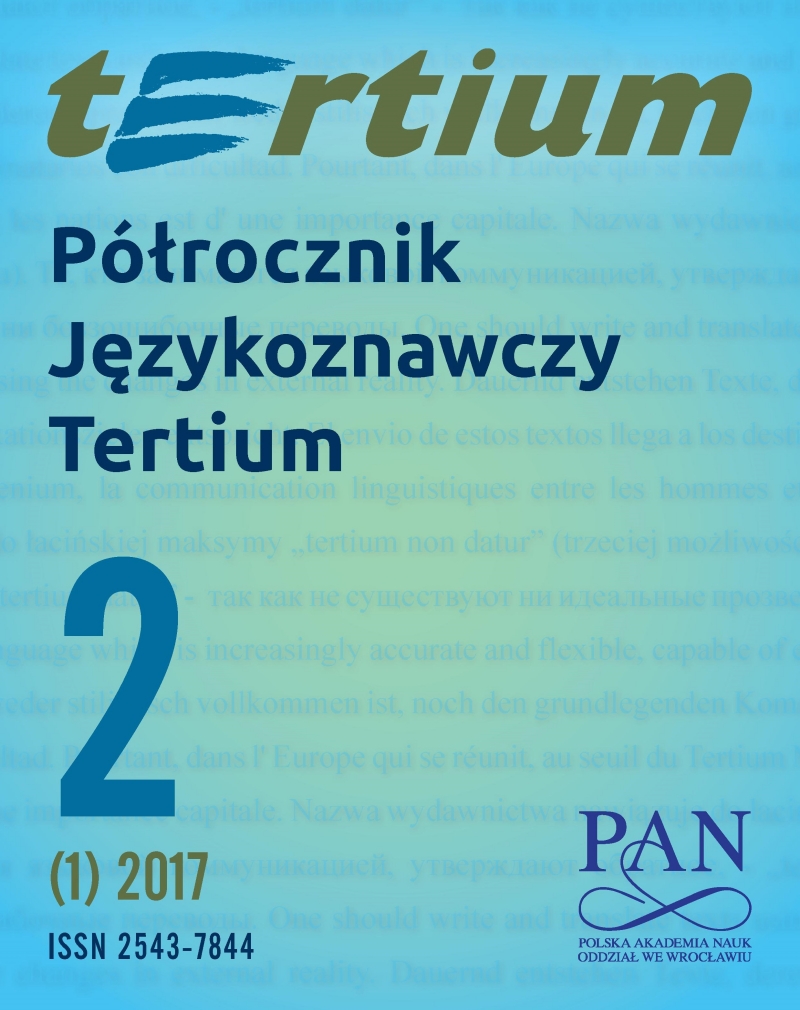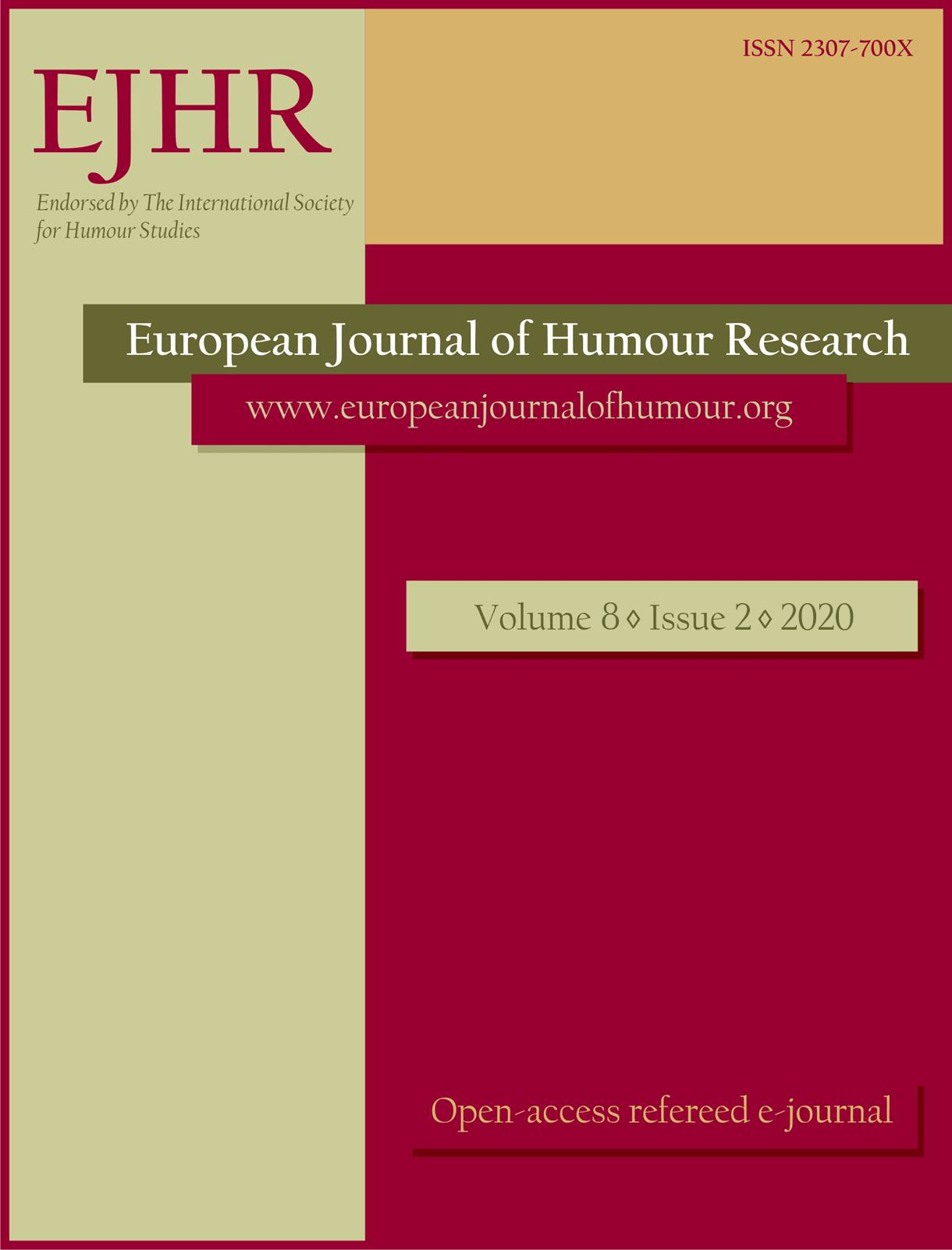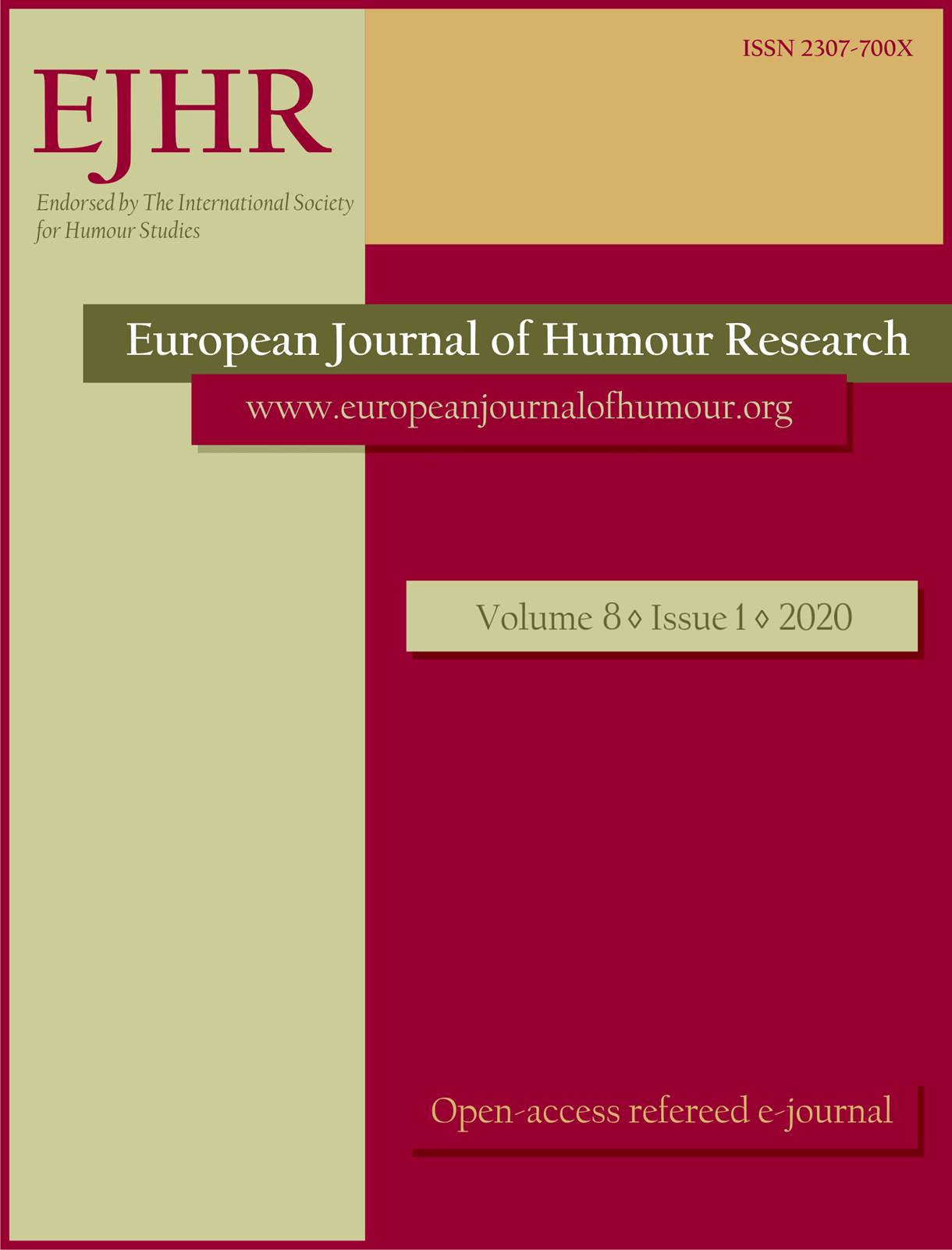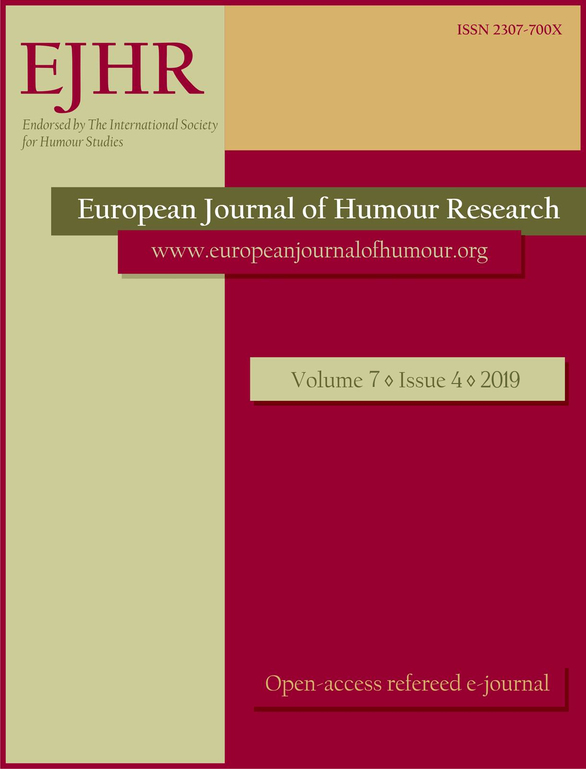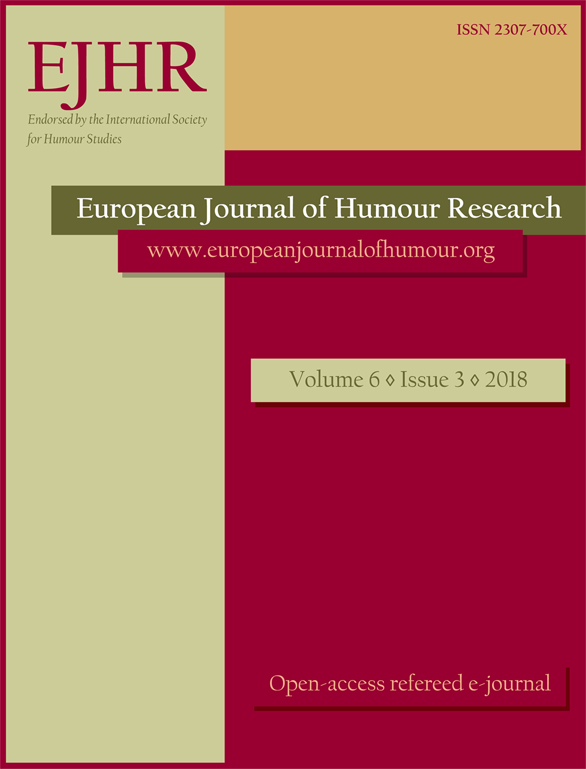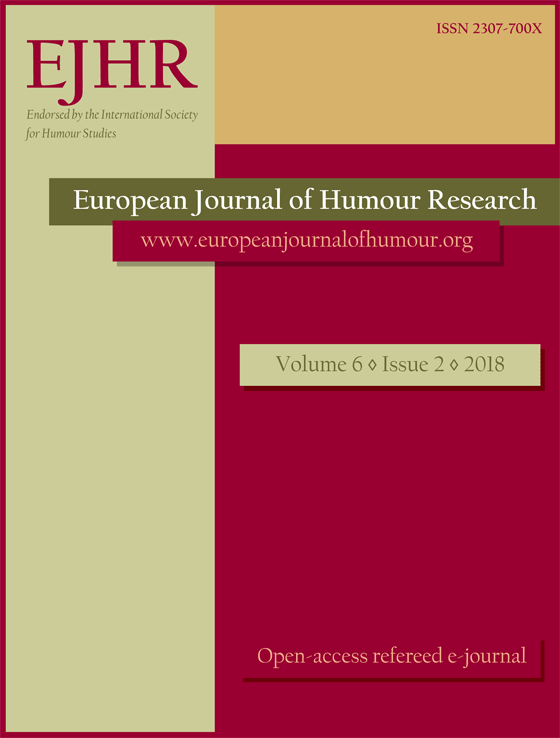Author(s): Edyta Manasterska-Wiącek / Language(s): Polish
Issue: 2/2017
Dzieci przedszkolne i wczesnoszkolne poza komunikowaniem się z otoczeniem często „rozmawiają” same ze sobą – mówią do siebie i dla siebie. Podjęte w niniejszym artykule rozważania dotyczą analizy wypowiedzi dzieci na płaszczyźnie językowej. Na wskazanie cech charakterystycznych mówienia do siebie pozwoliły wypisy z kilku zarejestrowanych zabaw dzieci. Na podstawie przeprowadzonych badań autorka dowodzi, że można mówić o odrębnym stylu „mówienia do siebie”. Cel wewnętrznego komunikowania się jest tylko pozornie inny niż w tradycyjnej komunikacji – ma swojego nadawcę i odbiorcę. Jest on jednak na tyle specyficzny, że komunikacja między nadawcą a odbiorcą generują się w jednym umyśle. Korpus badawczy został przeanalizowany na poziomie leksykalnym, morfologicznym, składniowym oraz na poziomie tekstu. Pozwoliło to na uwypuklenie osobliwości mówienia do siebie dziecka, m.in. spontaniczność wypowiedzi naruszanie spójności wypowiedzi, liczne mikrotematy zabawy, niejasność komunikatu słyszanego „na zewnątrz”, kreatywność, teatralizacja. // Apart from communicating with the outside world, children at kindergarten and early primary school often “speak” to themselves and for themselves. The present article attempts to reflect upon children’s speech in its linguistic dimension, aiming at isolating the characteristic features of speaking to oneself based on a few recorded children’s plays. The results of the analysis demonstrate that there exists a separate style of “speaking to oneself”. The objective of internal communication is not much different from the traditional interaction – it does have its sender and receiver. However, it is peculiar since the interaction between these two persons is generated in a single mind. The research corpus has been analysed on the level of lexis, morphology, syntax and discourse. As a result, idiosyncratic features of a child’s speaking to oneself have been isolated, such as spontaneity of speech, violation of coherence of speech, numerous micro-topics of play, ambiguity of the message when heard “on the outside”, creativity and dramatization.
More...
